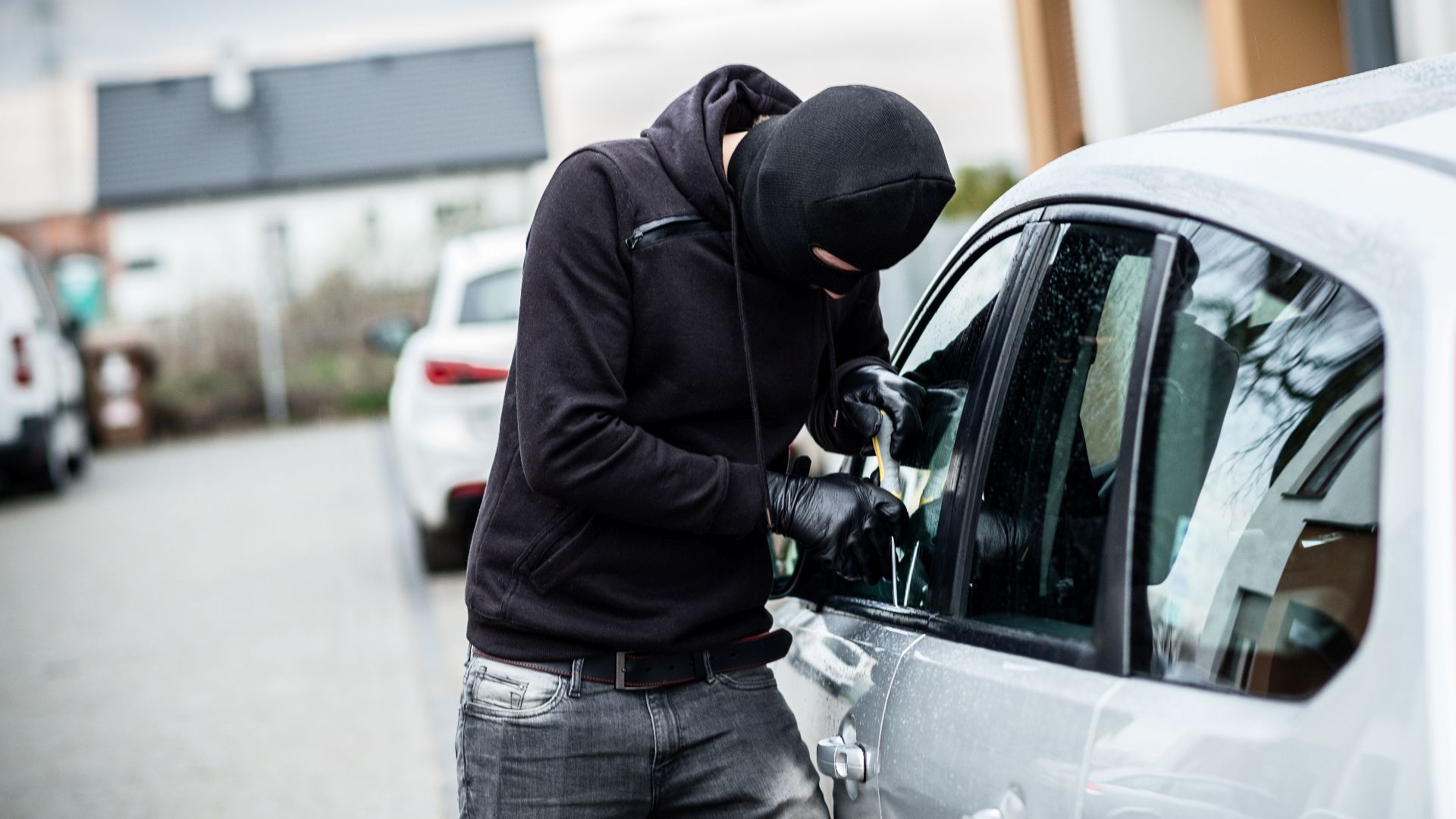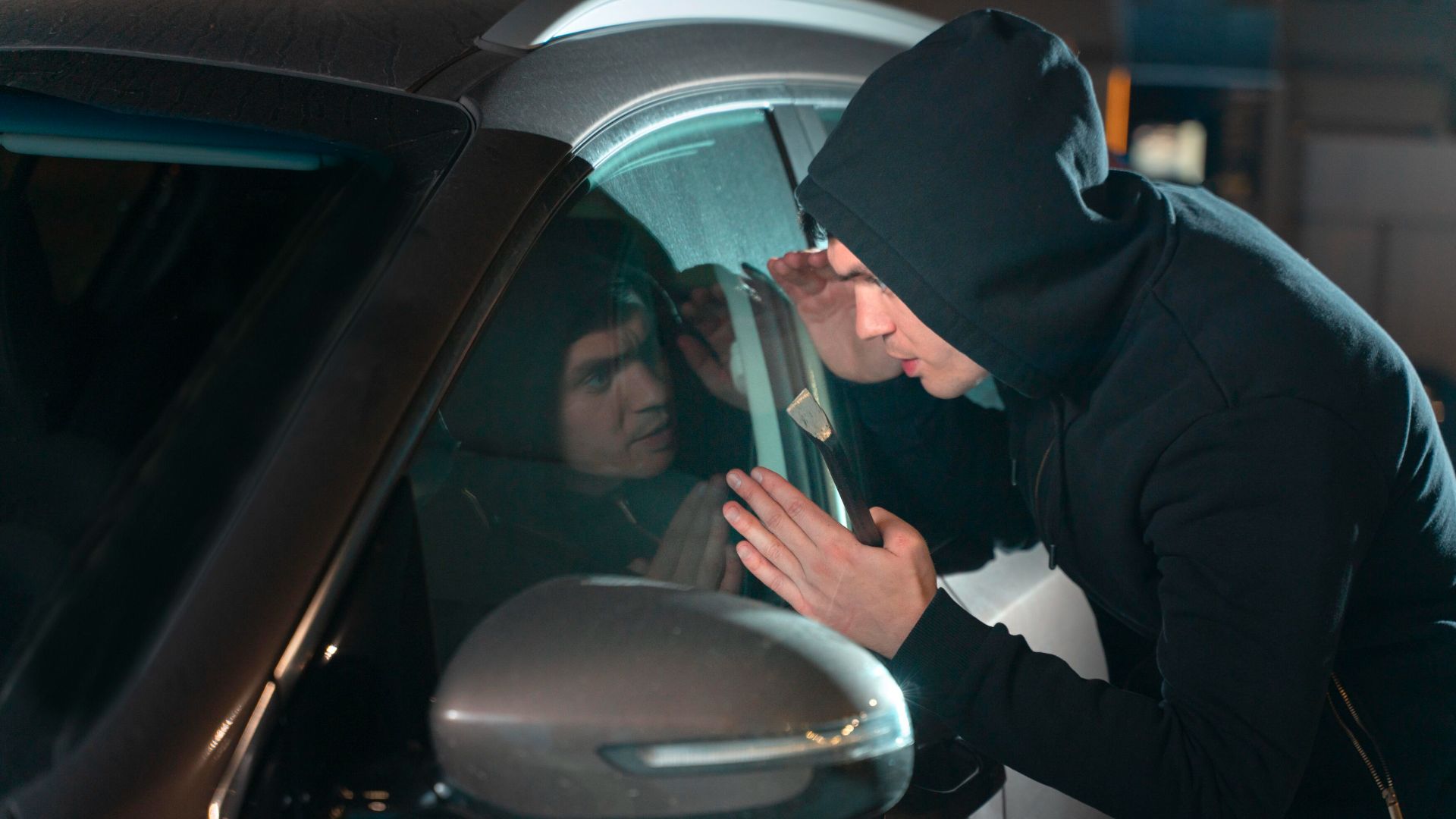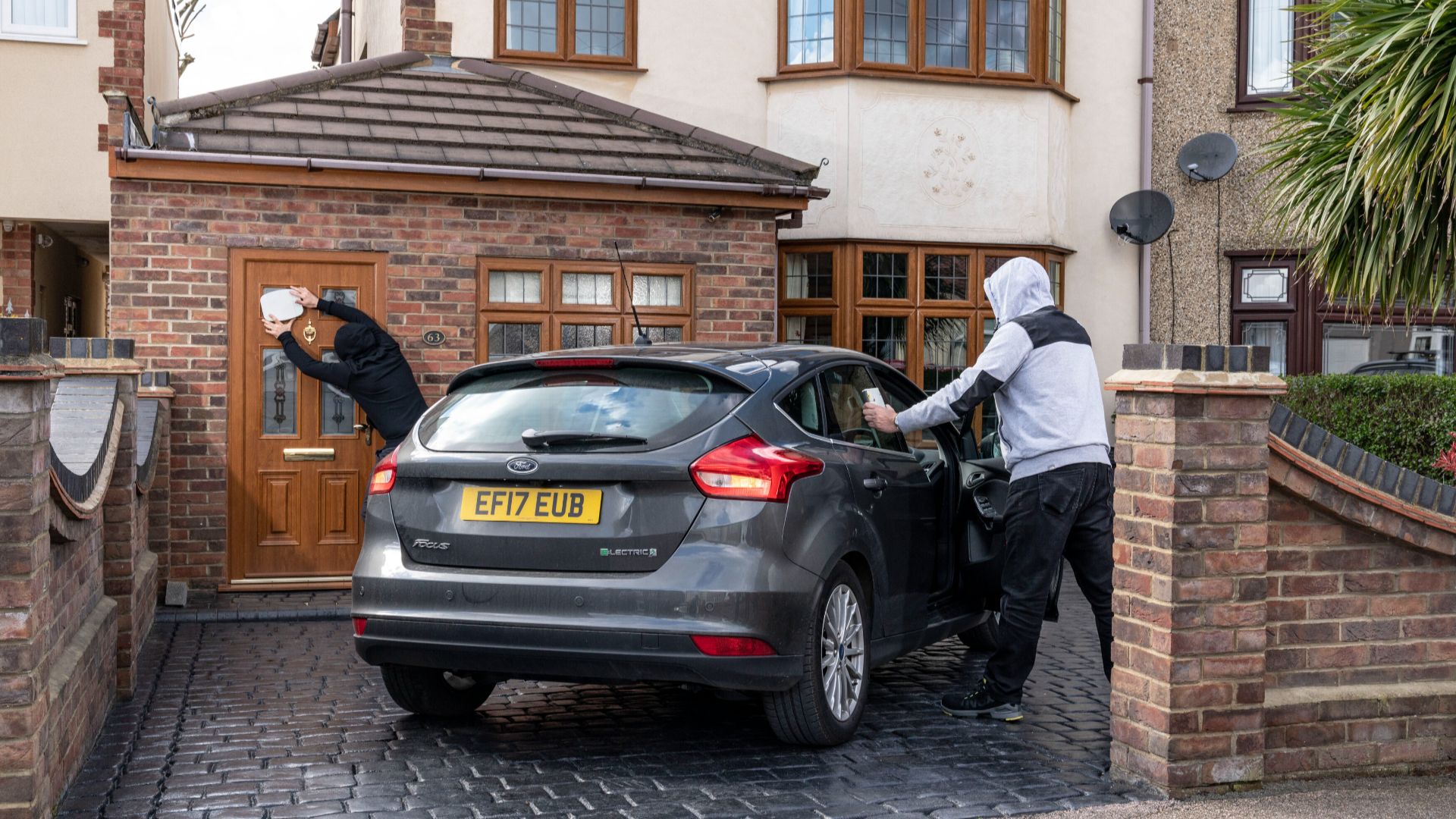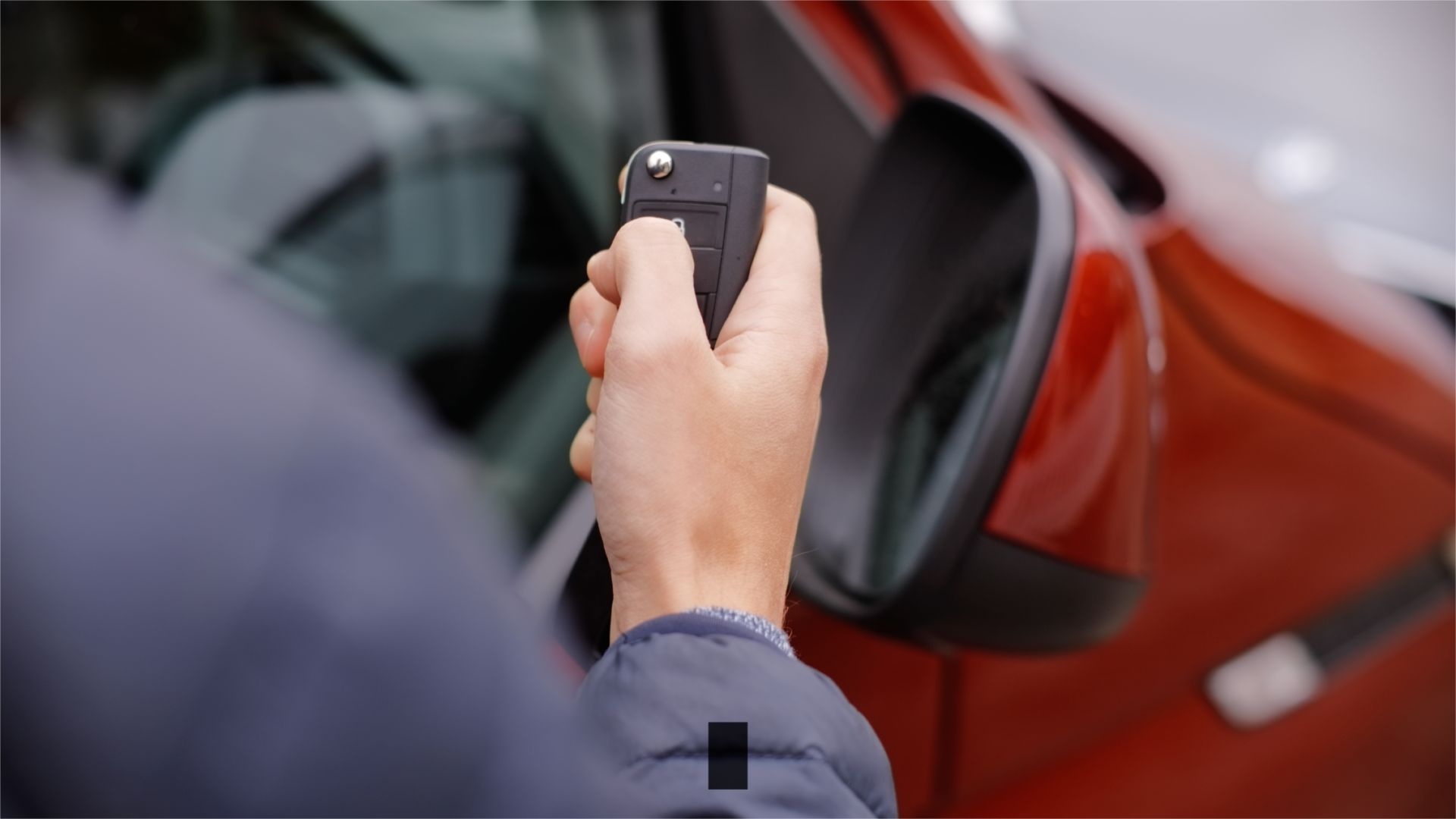
Nearly 63,000 vehicles were stolen in the UK last year, according to DVLA data. However, 20 percent of these (approximately 12,600 cars) were recovered within the first seven days.
Sadly, if your vehicle isn’t located during the crucial first week after a theft, the chances of getting it back drop dramatically.
For any driver, having your car stolen is a nightmare scenario, but quick action can boost your chances of recovering it. This includes using social media to get as many eyes on the car as possible. New digital platforms such as BringBackMyCar can improve the odds still further.
The first 24-hour window

Here are the three steps you should take straight away if you discover your car has been stolen:
Report the theft immediately. Contacting the police will give you a crime reference number. If the car is fitted with a tracker, alert the provider straight away. Many criminals will leave a stolen vehicle hidden nearby for a short ‘cooling-off’ period, so quick action can make all the difference to getting your car back.
Inform your insurance company. They will need the crime reference number and may also provide advice on next steps.
Spread the word. It may sound obvious, but being proactive can make a huge difference. Using social media sites such as Instagram, Facebook and neighbourhood WhatsApp chats can ensure more eyes are looking out for your stolen car.
Use digital channels for car recovery

In the past, drivers often relied on chance. A neighbour spotting something unusual on your driveway, for instance, or the car resurfacing weeks later. Today the landscape looks different, with well-known automotive influencers setting up informal ‘alert networks’ to help track stolen cars down.
The new BringBackMyCar platform takes this principle and makes it faster and more accessible. It allows owners to publish verified alerts, complete with photos, the car’s last-known location and distinguishing features on the vehicle.
This information is then shared across a network of users, allowing anyone who spots the car to upload a photo and notify the owner. What once relied on luck now can become becomes a coordinated, community-driven response to tackle car crime.
Prevention and trust

Recovery is only one part of the challenge, however. Even when cars aren’t found, they often resurface into the used market with falsified histories or are broken for parts that are difficult to trace.
This is where transparency in vehicle data becomes vital. From up-to-date MOT records to proof of ownership, clear and connected information makes it harder for stolen cars to slip back into circulation.
Pierre Tanguy, founder of the PitStop digital garage, said: “Car theft may not be going away, but the way we respond to it is changing. Acting quickly and making use of the digital tools available can dramatically improve your chances of recovery.
“Just as important is keeping your car’s history up to date, helping to build transparency and trust across the wider market for the future.”
ALSO READ:
How to prevent yourself from becoming a victim of road rage